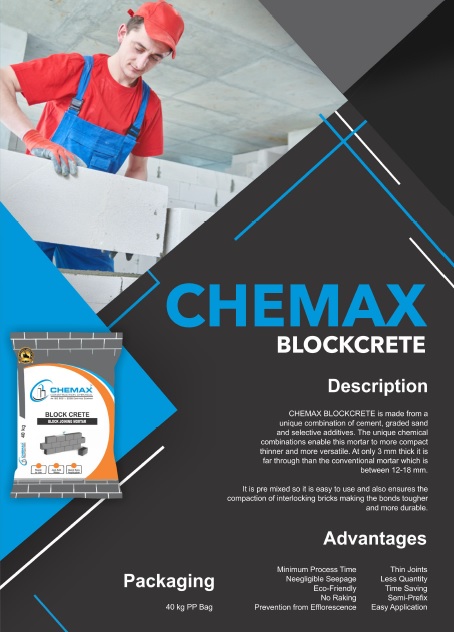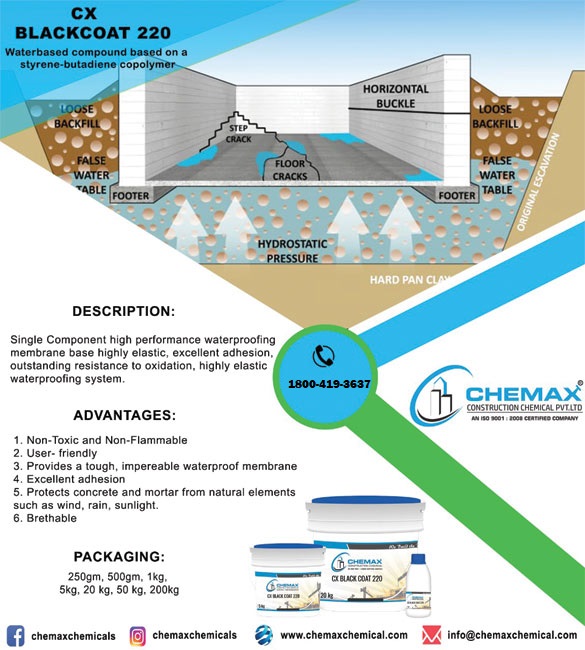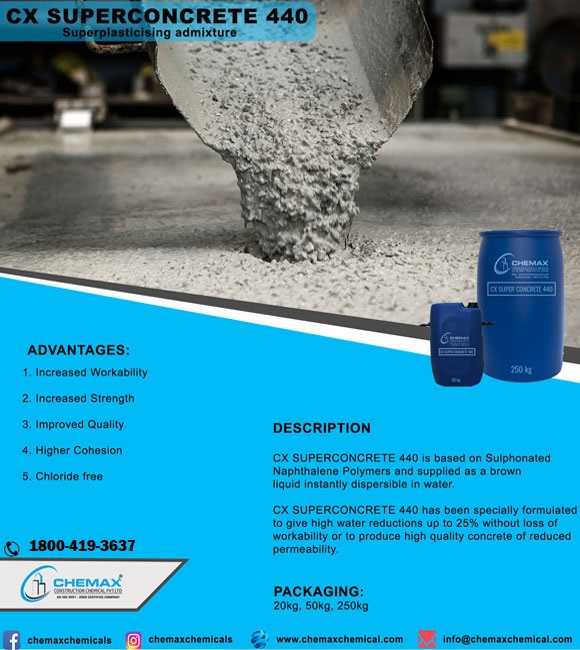 View Large
View Large
CX BLACK COAT 220
CX BLACK COAT 220 is a water based compound based on a styrene-butadiene copolymer.
CX BLACK COAT 220 is a black pigmented compound, designed for use as a liquid applied membrane.
The product has a bluish-black colour but will turn into a black membrane when drying
Download Technical Data Sheet
Properties
| Appearance | Blue, viscous compound |
| Polymer Type | Styrene Butadiene |
| Emulsifying System | anionic –non-ionic |
| Brookfield viscosity (RVT 10rpm, 20°C) | 14000 – 20000cps |
| Total Solid Content | 56.0 +/- 1.0 % |
| pH | 6.0 – 8.0 |
| Appearance | Black, non transparent film |
| Surface | Non tacky |
| M.F.F.T. | + 0 °C |
Application
- This product is used as a liquid applied water and damp proofing membrane and can be brush or roller applied on surfaces that are damp or that have been primed with diluted compound or with diluted It is advised to apply a minimum dry thickness of 0,5 - 0,6 mm in two coats of 0,3 mm dry thickness each with a total coverage of approx. 1,20 kg compound per m².
- The second coat is applied only when the first coat is touch dry: this is usually possible 1 hour after applying the first coat.
- The compound dries fast and results in a black membrane with high strength and flexibility
- Adhesion Strength : • The adhesion strength was measured by means of the pull-off method: a concrete paving slab was coated with 500 grams of product per m² per coat. Two coats have been applied and the total coverage with CX BLACK COAT 220 was 1 kg/m². • After seven days drying at ambient temperature and humidity (22°C / 60% RH) , ceramic tiles have been placed onto the surface, using a cement based tile adhesive. • It was found that the quality of the bond failure (strength and place of failure) was ruled by the quality of this adhesive: the use of a low quality adhesive (gauging liquid was water) resulted in low pull-off values because the failure was always for 100% between tile and tile adhesive. • The typical bond strength under these poor conditions was 0,72 N/mm² after 14 days drying. Soaking for 1 month in water did not have an influence on this result: the same strength and same kind of failure wasregistered.
- Storage : • The shelf life of CX BLACK COAT 220 is 18 months in shade off sun at a temperature from +5°C to 30 °C.
- Drying time : • Tests on drying time have been done under the following conditions of temperature and relative humidity: • 25°C / 55% • 30°C / 80% • A compoundfilm of approx. 0,30mm dry thickness, which is the advised thickness for each of the two coats, was drawn on a teflon coated glassplate. This substrate has been chosen in order to eliminate the influence of absorption of water. By doing so it was possible to get a better indication of the drying speed of an appliedmembrane. • One can expect shorter drying times when the product is applied on porous substrates such as concrete or brickwork. The second coat however, will need drying times that are more or less in line with what is shown in this graph, as the underlaying first coat will not absorb water from the final coat.
- The adhesion strength was measured by means of the pull-off method: a concrete paving slab was coated with 500 grams of product per m² per coat. Two coats have been applied and the total coverage with CX BLACK COAT 220 was 1 kg/m².
- After seven days drying at ambient temperature and humidity (22°C / 60% RH) , ceramic tiles have been placed onto the surface, using a cement based tile adhesive
- It was found that the quality of the bond failure (strength and place of failure) was ruled by the quality of this adhesive: the use of a low quality adhesive (gauging liquid was water) resulted in low pull-off values because the failure was always for 100% between tile and tile adhesive.
- The typical bond strength under these poor conditions was 0,72 N/mm² after 14 days drying. Soaking for 1 month in water did not have an influence on this result: the same strength and same kind of failure wasregistered.
- As highest value for bond strength was found 1,7 N/mm² with failures in the epoxy glue and at the interface ‘membrane – tile adhesive’. No bond failure between substrate and membrane has been observed. There was no failure anymore between tile and tile adhesive because the adhesive had been polymer modified with Latex. The epoxy glue was used to fix the metal disk for pull-off onto the tile surface.
- Soaking in water for 7 days resulted in an average bond strength of 1,2 N/mm² with 80% of the failures at the interface ‘tile – tile adhesive’ and 20% at the interface ‘membrane – tile adhesive’.
- Based on these results it is concluded that still higher bond strength can be achieved when using the ‘right’ adhesive; it is clear that poor quality adhesive or not properly applied adhesive will result in low bonding strength though the adhesion of the membrane on the substrate will not be affected.
- The wet strength will be 1,0 N/mm² or higher, again depending on the tile adhesive quality and eventually on the nature of the tile surface that can cause epoxy glue failures.
- Membranes of 0,60 mm thickness have been drawn (2 coats) and dried for 7 days at 22°C and 55% RH. Dumbbells were taken from these films and tested on tensile strength and elongation at break. Tensile strength:3,4 N/mm² Elongation at break:380 %
- The same material was soaked for 3 month in tap water and dried again for 7days: Tensile strength: 4 N/mm² Elongationatbreak: 200 %





